There can be your advertisement
300x150
9 Facts About Toilets You Didn't Know
We gathered the details about the familiar bathroom fixture: who and when invented the toilet, why it was given such a name, when World Toilet Day is celebrated, and how accessible toilets are around the world, as it seems at first glance. Let's test your knowledge: do you know these facts?
The prototype of the modern toilet was invented by a clockmaker
In 1775, in England, a Scotsman Alexander Cumming created and patented a design with a drain, which laid the foundation for modern toilets. Before that time, Europeans used chamber pots, and contents were dumped directly onto the street! And yes, Cumming was a clockmaker by profession.
The prototype would continue to be refined for another century, and by the 1870s it transformed into a classic toilet with a tank on a spout and a system of "pulling the chain".
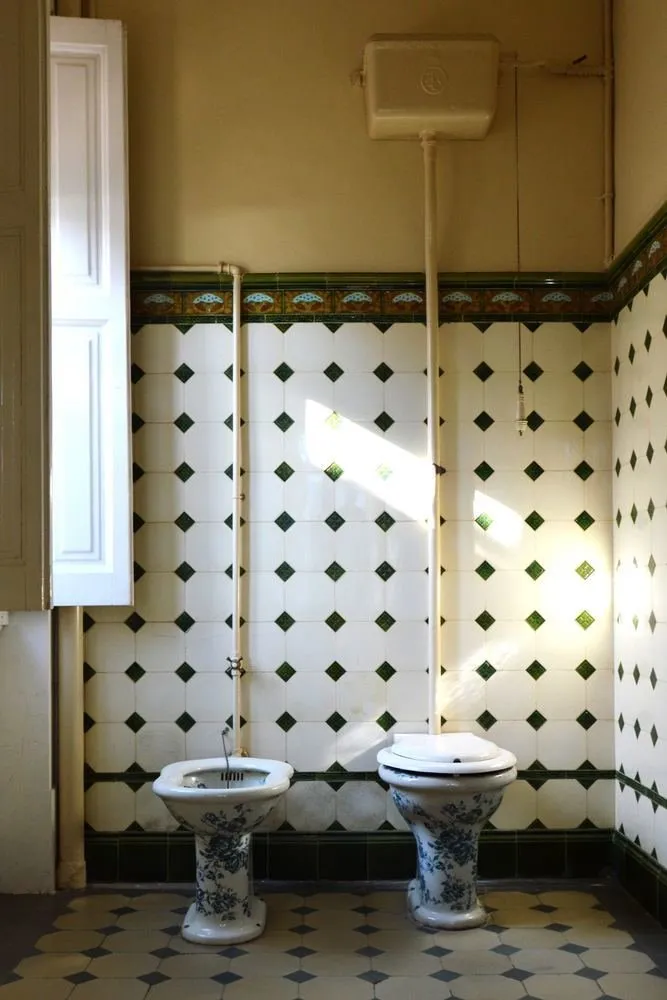
The word "toilet" means unity
The compact toilet, or a single unit of bowl and tank, appeared ten years later in England. The novelty was proudly named unitas — meaning "unity" in Latin. As you can see, the word has firmly entered common usage.

Design: Patio 10, Jacob Delafon
Mass production of toilets started in the 1900s
By this time, other countries had also joined the British. In Paris, the first batches of toilets from Jacob Delafon were launched: a well-known brand of bathroom fixtures stood at the origins of toilet creation. This year, the company celebrates its 130th anniversary.
The story of the Jacob Delafon brand began in 1880 in Paris. Initially, its founders, the brothers Jacques, produced tiles for chimneys and flues for fireplaces, coating ceramic pipes with glaze. Eight years later, the brothers expanded production to white glazed ceramics and joined forces with Maurice Delafon. The Jacob Delafon brand began producing metal bathroom fixtures, sanitary fittings, toilet tables, and furniture for ceramic basins. Soon, the brand opened several more factories and started exporting its products. Each factory was equipped with the latest technology, and kilns by Dressler were installed for the best possible firing quality of ceramics at that time. New factories were opened, and teams introduced new manufacturing methods. The first automated production lines appeared in the factories.
In the 1970s, the development of the brand moved beyond France. Offices of Jacob Delafon opened in Spain and Morocco. In 1999, the last Dressler kiln was replaced with a technologically advanced one. In 1994, the first deliveries to Russia began. Today, the highlight of Jacob Delafon's bathroom fixtures is elegant French-style baths.
The first toilets were made of cast iron and enameled steel
But in the end, porcelain won out — such bathroom fixtures are the easiest to clean.
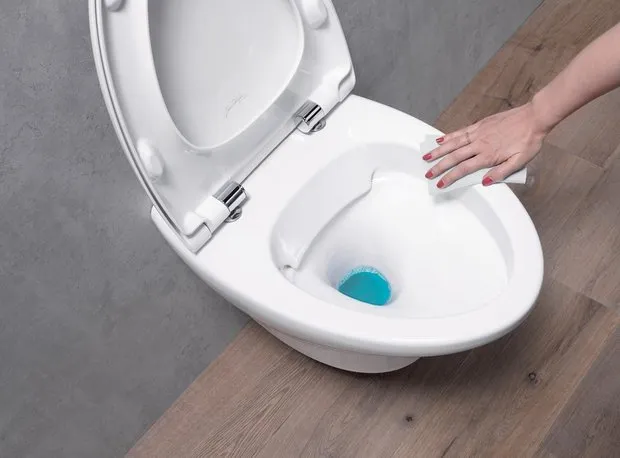
Design: Nouvelle Vague, Jacob Delafon
The same material is used in both sanitary porcelain and sanitary faience
It's white clay. But why are toilets made from sanitary faience significantly more expensive and of better quality than those made from sanitary porcelain? Unlike sanitary porcelain, the clay for sanitary faience includes quartz and feldspar. The material becomes dense and does not absorb water that damages the item, so it wears out much slower.
Important role in the durability of a toilet also plays the firing process. Sanitary porcelain is fired once, while sanitary faience is fired twice, making the second option nearly immune to moisture and practically indestructible.

All "smart" coatings for toilets eventually wear off
Water-repellent and anti-stain coatings for toilets, washbasins, or shower glass — a useful feature that makes life easier for homeowners. However, such coatings have their own lifespan — usually several years. But that’s not a reason to give them up: the "smart" coating will extend the life of your toilet and make cleaning easier—at least for a while.

The most dangerous toilets are in Australia
Be cautious when traveling to Australia: deadly poisonous spiders are often hidden under the rim of local toilets. Recently, a woman visiting relatives in Brisbane was bitten by a python hiding in a toilet.
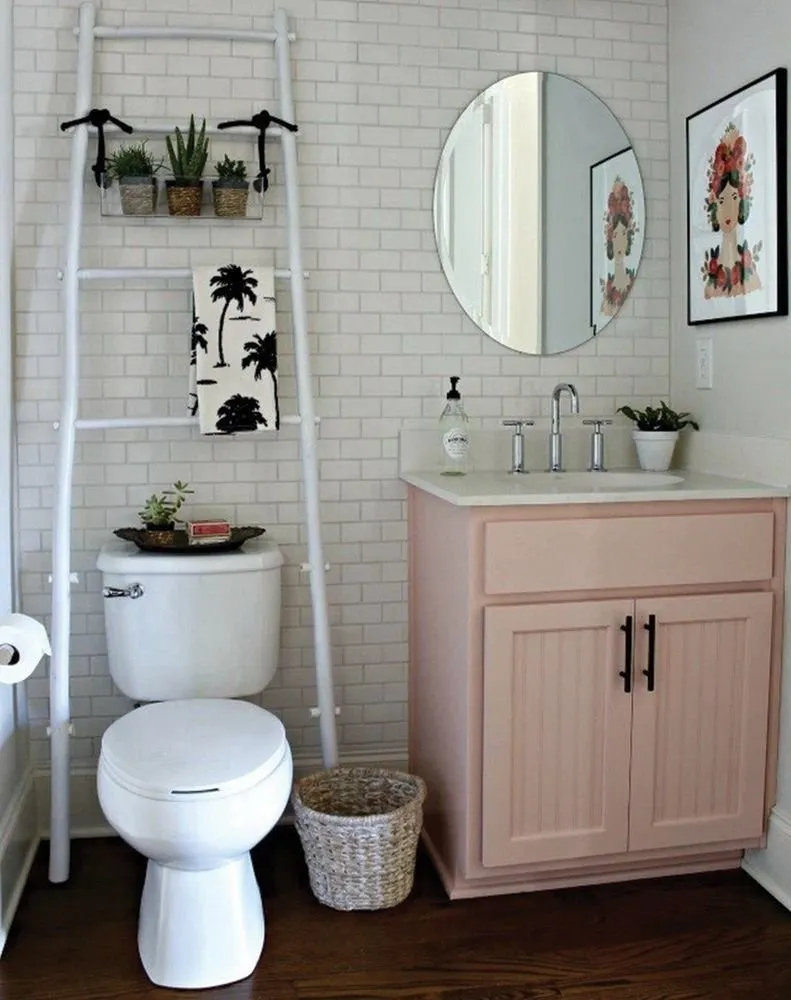
The first toilet flush in cinema history was shown in the movie "Psycho"
This historic event happened in 1960. The film director Alfred Hitchcock at that time received a good backlash from conservative audiences: many were offended by such intimate detail down to the deepest soul.
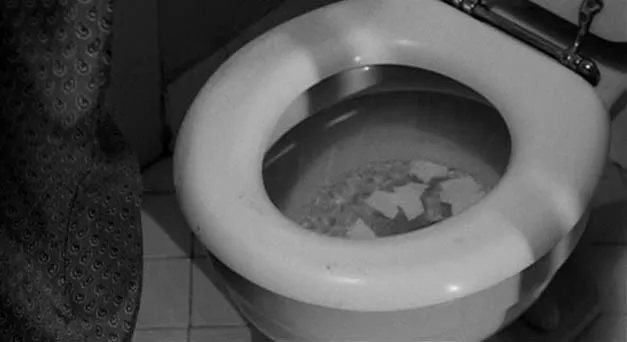
Still from the movie 'Psycho', 1960
World Toilet Day is celebrated on November 19th
This date was introduced by the initiative of the United Nations during an international conference in Singapore in 2001 dedicated to sanitation problems.
The issues are indeed serious: according to UN data, more than 2 billion people live without adequate sanitation services. Many homes do not even have a toilet: every tenth inhabitant of the planet uses open-air facilities. These conditions lead to diseases, often with fatal outcomes.
Traditionally, on November 19th the global community draws attention to hygiene problems as much as possible. On this day, campaigns and discussions are held, and television and radio programs are dedicated to the problems of poor sanitation.
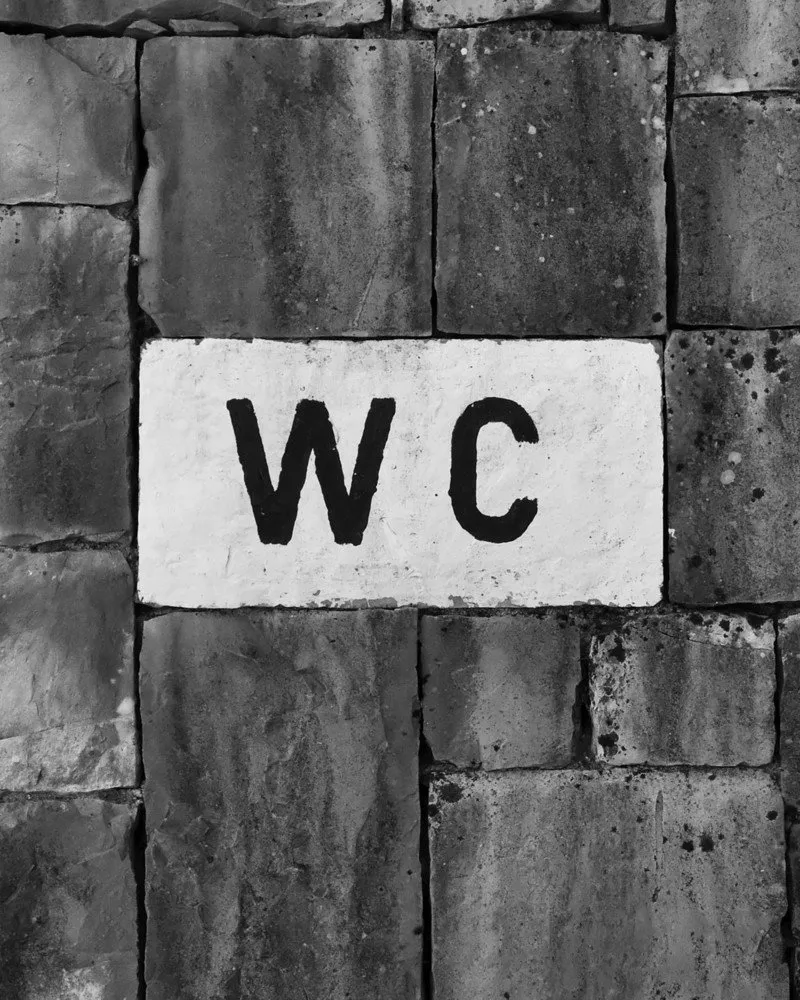
More articles:
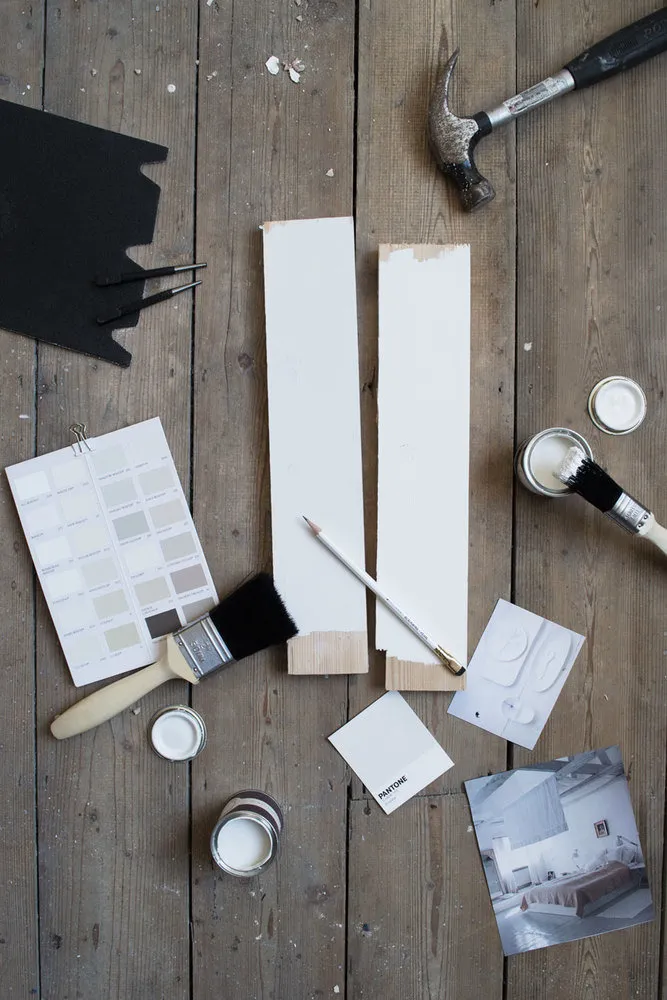 6 Facts About Floor Painting You Should Know
6 Facts About Floor Painting You Should Know How to Organize Your Balcony: 3 Tips
How to Organize Your Balcony: 3 Tips Architect's Apartment, Renovated in 9 Weeks
Architect's Apartment, Renovated in 9 Weeks How to Renovate an Apartment for Rent: 7 Tips
How to Renovate an Apartment for Rent: 7 Tips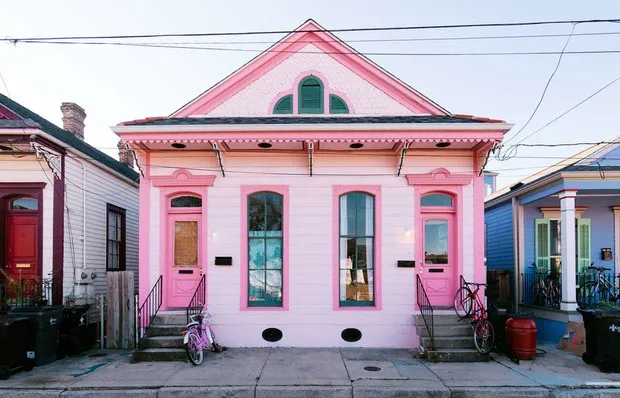 Life in Pink: Bright Blogger's Home in the USA
Life in Pink: Bright Blogger's Home in the USA Throw It Out Immediately: 7 Things That Ruin Interior Design
Throw It Out Immediately: 7 Things That Ruin Interior Design Design Battle: Lounge Area on a Country Terrace
Design Battle: Lounge Area on a Country Terrace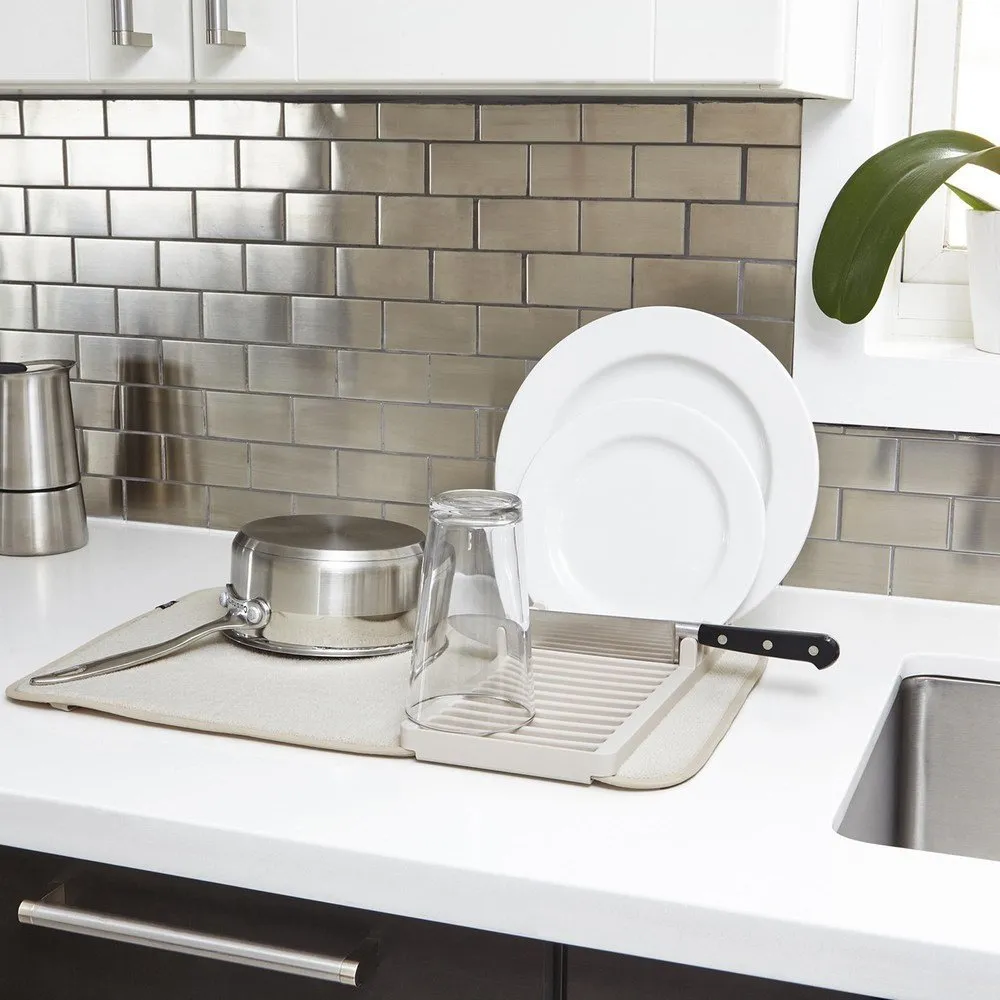 How to Maintain Cleanliness in Your Apartment: Tips from Professionals
How to Maintain Cleanliness in Your Apartment: Tips from Professionals